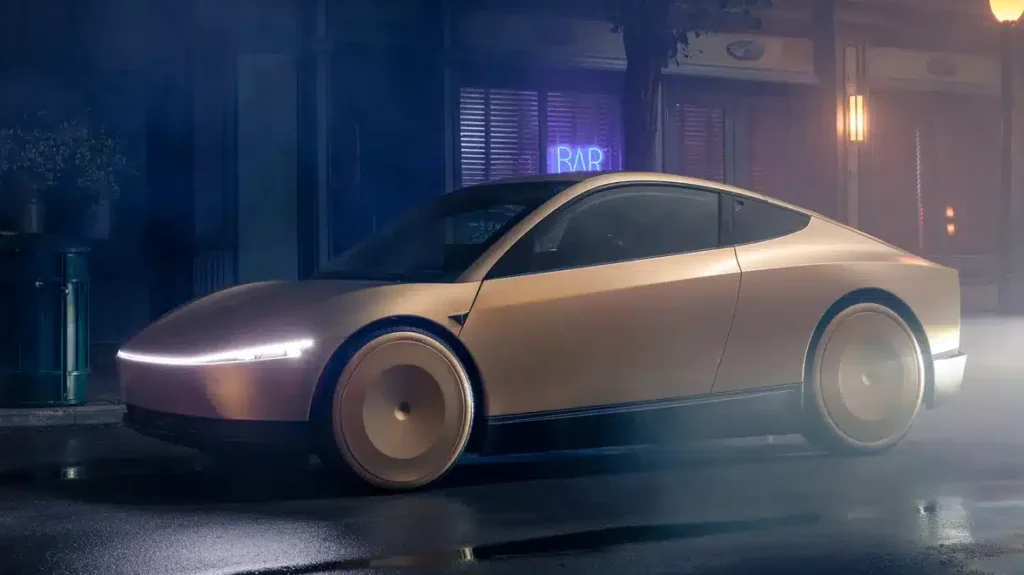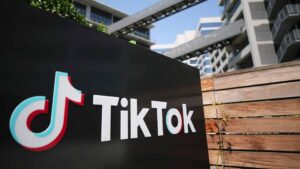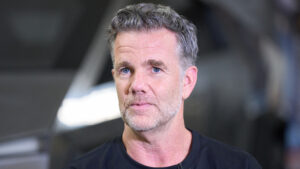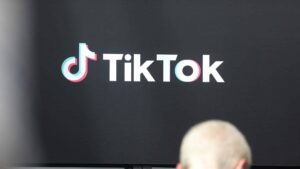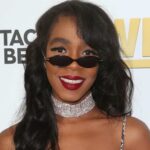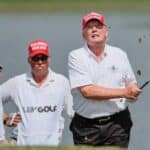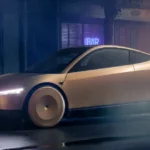After years of ambitious promises about driverless vehicles, Tesla CEO Elon Musk showcased the company’s latest innovation, the Cybercab, during a highly anticipated event on Thursday night. The presentation, held at Warner Bros. Studios in Burbank, California, featured a sleek, low-slung silver two-seater that notably lacks steering wheels or pedals.
Musk arrived on stage nearly an hour after the “We, Robot” event was scheduled to begin, revealing that Tesla currently has 21 Cybercabs and a total of 50 autonomous vehicles at the location. While he did not specify where production of the Cybercab would take place, he stated that consumers could expect a price point below $30,000 and hinted at a production timeline aiming for before 2027.
In addition to the Cybercab, Musk announced plans for an electric, autonomous Robovan capable of transporting up to 20 passengers or carrying goods. He described the Robovan as a solution for high-density transportation needs, such as shuttling sports teams. Both the Cybercab and the Robovan will feature inductive charging, allowing them to recharge without needing to plug in, a development Musk said would enhance convenience for users.
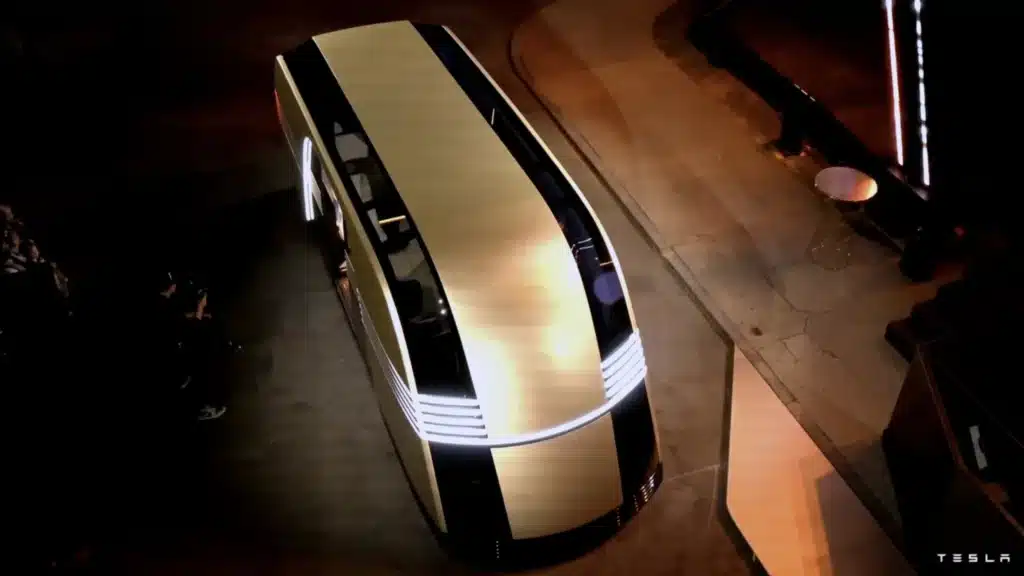
Musk also expressed optimism about Tesla’s Full Self-Driving (FSD) capabilities, stating that he expects “unsupervised FSD” to be operational in Texas and California by next year for the Model 3 and Model Y electric vehicles. FSD is Tesla’s premium driver assistance system, currently available in a “supervised” version that still requires a human driver to be ready to take control. Earlier this year, Tesla added the term “supervised” to the FSD label, reflecting its current operational limitations.
“It’s going to be a glorious future,” Musk said during the event, emphasizing his belief in the company’s direction and advancements in autonomous technology.
However, Musk’s optimistic predictions have been met with skepticism in the past. Since he first discussed Tesla’s ambitions in autonomy, he has consistently set deadlines that the company has failed to meet. In 2015, Musk claimed Tesla would achieve “full autonomy” within three years; that goal was not realized. In 2016, he asserted that a Tesla would make a cross-country drive without human intervention by the end of 2017, a target that also fell short. Furthermore, in 2019, he announced that there would be 1 million robotaxi-ready vehicles on the road by 2020, a promise that never materialized.
Earlier this year, Musk reiterated his confidence in Tesla’s future regarding autonomy, urging investors to believe in the company’s vision. “If somebody doesn’t believe Tesla’s going to solve autonomy, I think they should not be an investor in the company,” he stated during an earnings call.
ADVERTISEMENT
At Thursday’s event, Musk invited attendees to experience the Cybercab firsthand with test rides in a controlled environment at the movie studio lot. He also teased a humanoid robot, dubbed Optimus, which is currently in development. Musk emphasized that the robots are not merely for “a canned video” presentation. He encouraged attendees to “be nice” to the robots, which were tasked with serving drinks at an on-site bar. The event concluded with a lively display of Optimus robots dancing to club hits, as Musk exclaimed, “Let’s party.”
This event marked Tesla’s first product unveiling since the design of its highly publicized Cybertruck was revealed in 2019. The angular steel pickup began shipping to customers in late 2023 and has since faced five voluntary recalls in the United States.


